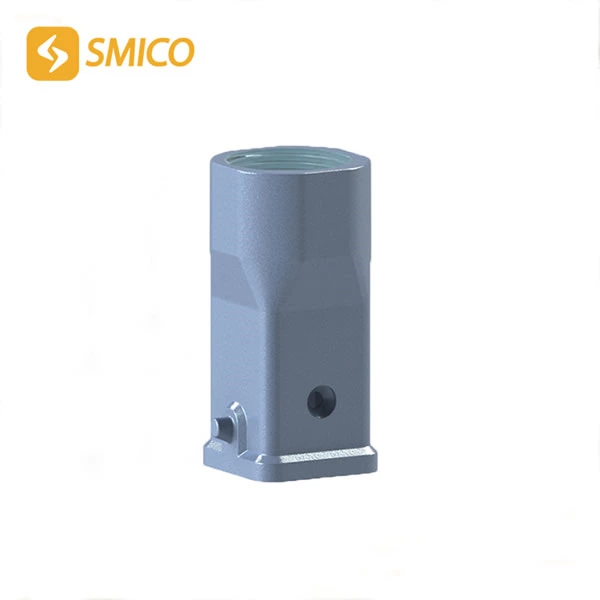How To Perform Heavy-duty Connector Connection Operations In A Confined Space
When arranging component 6 pin heavy duty connector within a limited assembly space, the primary focus is on the dimensions, installation orientation, and number of contact poles of component connector heavy duty. These factors determine whether insertion is smooth, whether the contact points align properly, and whether the locking mechanism operates smoothly. The design team will create a spatial simulation during the drawing phase to clarify the clearance relationship between component heavy duty 2 pin connector and surrounding components.
During installation, operators will use handheld tools suitable for confined environments, such as thin-handled wrenches, low-profile adapters, and miniature positioning clamps. The female and male components of component heavy duty connector 16 pin must first be aligned with the guide structure to avoid stress concentration at the pins due to insertion angle deviation. Following the connection step is torque locking or quick-release clips to achieve mechanical fixation, followed by a continuity test to verify the stability of the electrical path.
The disassembly and maintenance phase is also constrained by space. Operators will pre-design disassembly channels to provide sufficient operating space for maintenance tools. A flap or sliding rail may be provided at the front end of component heavy duty connector 5 pin for easy extraction. Before operation, maintenance personnel will clear surrounding obstacles and select a low-profile puller to complete the insertion and removal without interfering with other components.

